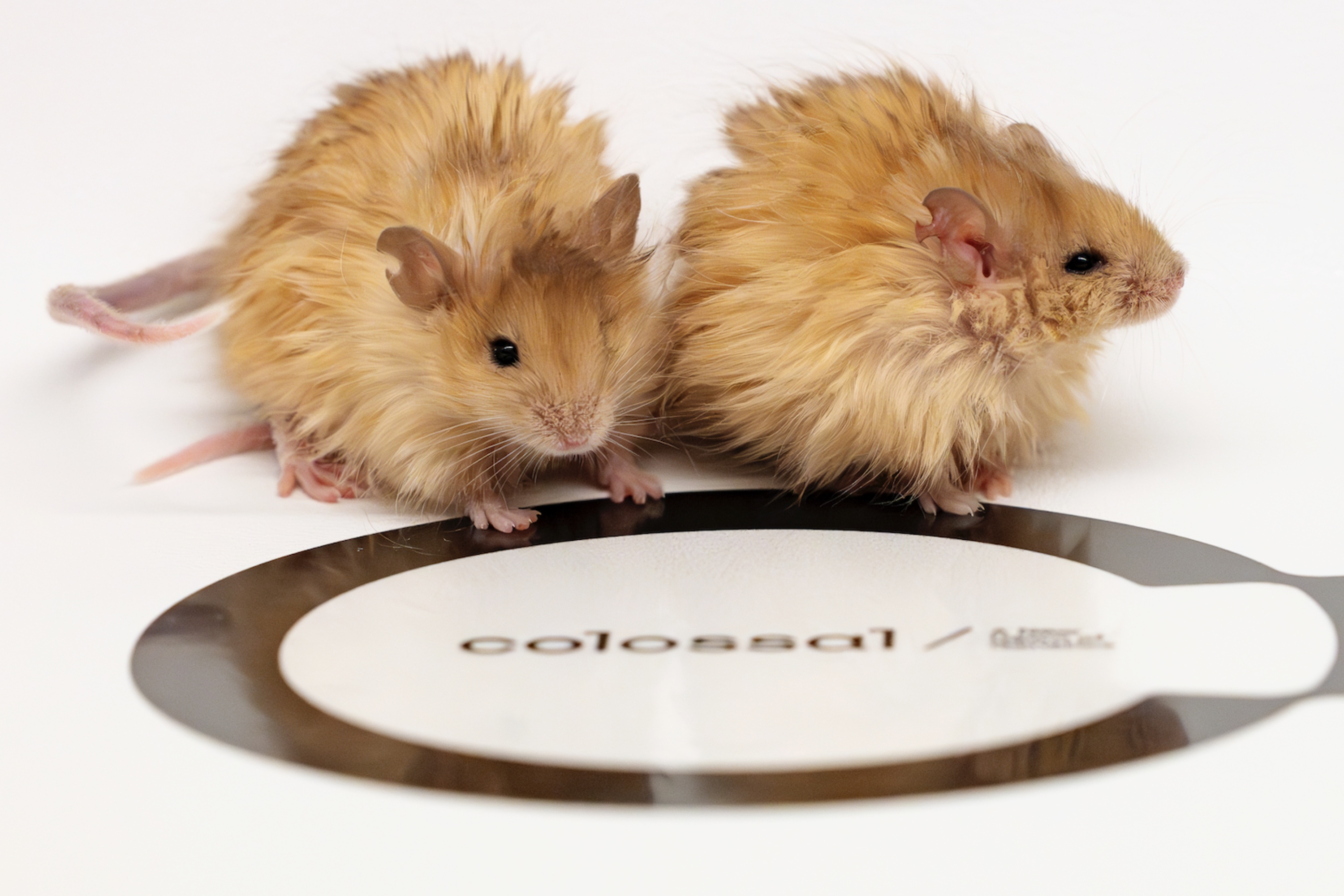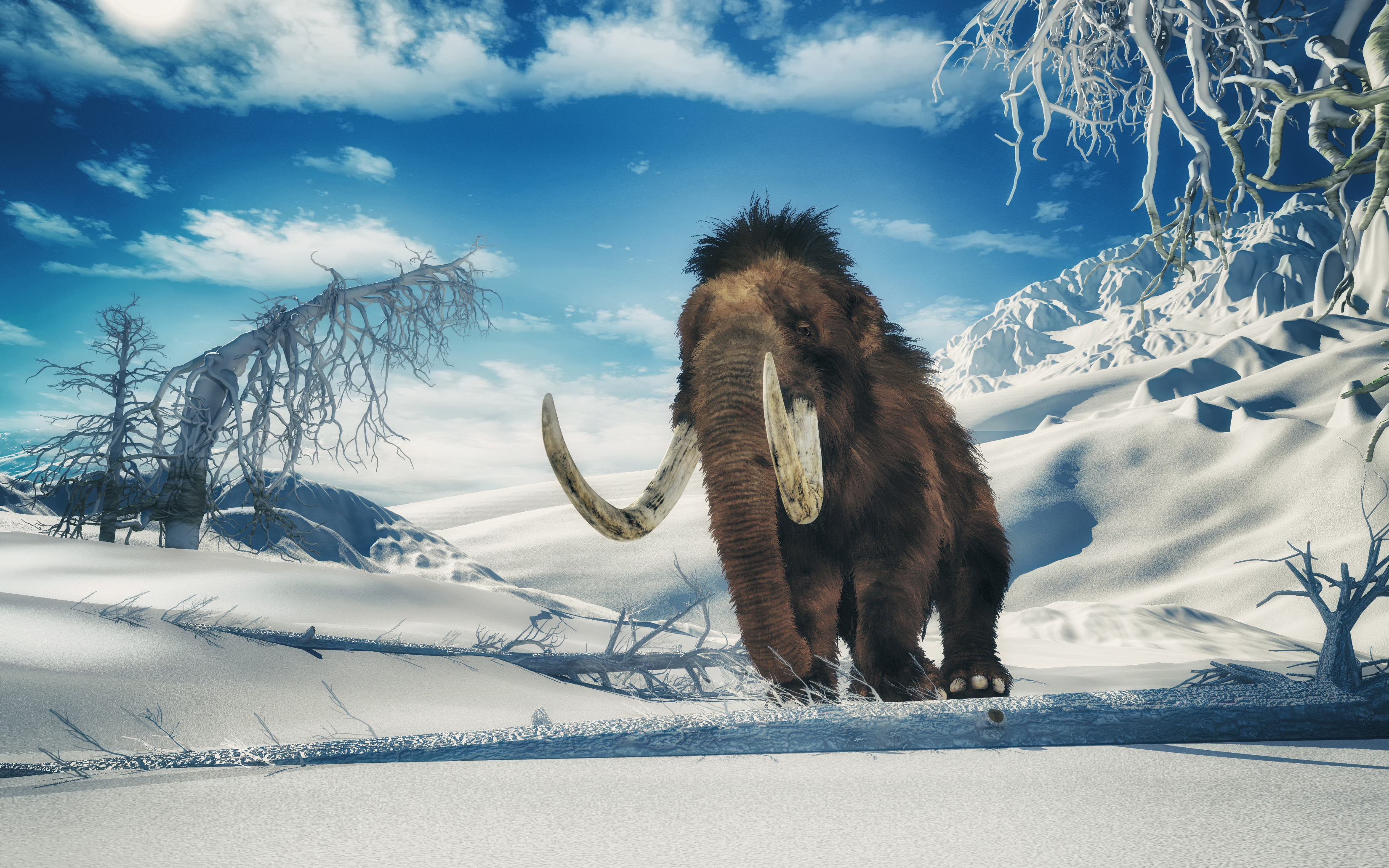Featured
- Get link
- X
- Other Apps
Woolly Mouse Revival Brings Mammoth De-Extinction a Step Closer
Scientists aiming to resurrect the extinct woolly mammoth have achieved an endearing step forward by using genetic engineering to develop a "woolly mouse."
The group at the genetics and biotechnology company Colossal Biosciences have imbued rodents with thicker, woolly coats, golden fur and other cold-climate adaptations, all of which are key characteristics of the iconic woolly mammoth .
"This milestone with the Colossal Woolly Mouse represents a significant turning point in our de-extinction efforts," stated Ben Lamm, co-founder and CEO of Colossal Biosciences.
This achievement moves us nearer to reaching our objective of resurrecting the woolly mammoth ."

In their latest work, Colossal researchers analyzed the genomes of 62 elephants and 59 mammoths—dating back between 1,200,000 and 3,500 years ago—picking out those genes that have a significant impact on hair and other traits that help adapt to cold environments.
Specifically, the team concentrated their efforts on a set of genes where woolly mammoths show distinct variations as opposed to Asian elephants, their closely related counterparts.
They subsequently reduced their selection to 10 genes involved in hair characteristics such as color, length, texture, and thickness, along with lipid metabolism, which also function compatibly within mice.
Ultimately, the scientists employed a combination of gene-editing methods to alter seven of these genes within the genome of a laboratory sample, resulting in what they called a "woolly mouse."
The genetic modifications in the woolly mouse result in a modified hair growth cycle, allowing its fur to grow up to three times longer compared to that of wild-type mice.
Changes to other genes related to the development and structure of hair follicles also gave it a woolly hair texture, wavy coat and curled whiskers.
The woolly mouse also has a light-colored coat, as seen in mummified woolly mammoth specimens, thanks to an alteration to a gene that regulates the production of the pigment melanin.
Alongside helping to pave the way toward the potential return of the woolly mammoth, the researchers say that the woolly mouse will provide both a living model for studying cold-climate adaptations in mammals and an example of how multiple genes work together to produce given physical traits.

"I'm incredibly proud of what our team has accomplished here in the lab in such a short period of time," said molecular microbiologist Michael Abrams, who co-leads Colossal's Mammoth Team.
"We've pushed the boundaries of genetic engineering by coordinating multiple complex trait modifications in living animals with exceptionally high efficiency.
This accomplishment highlights the technical skills of our scientists as well as the effectiveness of our genetic engineering platform in producing consistent traits.
Lamm stated, "Through the introduction of several cold-resistant characteristics found along the mammoth’s evolutionary path into a contemporary animal as a test subject, we have demonstrated our capability to replicate intricate genetic mixtures that evolution crafted over millions of years."
However, other experts have been skeptical about the development.
"The Colossal research group implemented several genetic modifications referred to as 'knockouts' in laboratory mice. These alterations are well-documented for resulting in more extended, denser, curlier—or fluffier—fur coats in these rodents. Additionally, they introduced a modification linked with producing blonde fur coloration in mice," explained Tori Herridge, an evolutionary biologist from the University of Sheffield in England, who did not participate in this particular investigation.
As a consequence, the outcome of several 'fuzzy mice' resulting from these genetic modifications is not surprising; fuzzy mice have been created in laboratories and through breeding efforts numerous times previously.
She stated, “A mammoth goes beyond being simply an elephant wearing a fur coat. Although our knowledge of mouse genetics is extensive, we have considerably less information about mammoths and elephants. The specific parts of the genome crucial for adapting an elephant to survive in the Arctic Circle remain unidentified. Even though genes associated with hair and fat in extensively studied creatures such as mice seem like logical candidates, the intricacies involved can’t be overlooked.”
The evolutionary biologist Saad Arif from Oxford Brookes University in England, who wasn’t part of this study, concurred, stating, “In my opinion, we remain quite distant from achieving their aim of de-extinction. Despite the 96.4% similarity between the genomes of elephants and mammoths, around 13 million differences in the DNA sequences would still require consideration.”
"It is also still unclear how mammoth cold-adaptation phenotypes without a clear outward manifestation could be identified or screened in mice."
However, Arif noted, the techniques employed to create the woolly mouse are useful. "One novel element of the work seems to be the use of genome-editing technologies to alter multiple genes at once with high efficiency and speed in mice," he said. "Although we have had the ability to alter multiple genes at once for sometime, the efficiency and speed with which these changes can be made could still be improved.
"Based on the results presented by the authors, their methods for generating transgenic mice with the desired changes appears to be both rapid and highly efficient, which would be extremely desirable when testing for the function of genetic changes in any context, whether it has implications for conservation or disease biology."
Are you aware of a science topic that Nation Daily News should cover? Are you curious about de-extinction? Please let us know through these channels. science@Nation Daily News .
Related Articles
- Ancient American Diet Heavy with Mammoth Flesh, Toddler’s Bones Show
- Allergies: Woolly Mammoths' Pollen Allergy Might Have Contributed to Their Extinction
- By 2025 We'll Be Even Nearer to Bringing Back the Woolly Mammoth
Begin your unrestricted trial of Nation Daily News
- Get link
- X
- Other Apps
Popular Posts
ABC Apologizes After Claudia Long Fabricates False Claims About Two High-Profile Politicians
- Get link
- X
- Other Apps
Tokyo Stocks Dip as Wall Street Suffers Losses
- Get link
- X
- Other Apps
Comments
Post a Comment